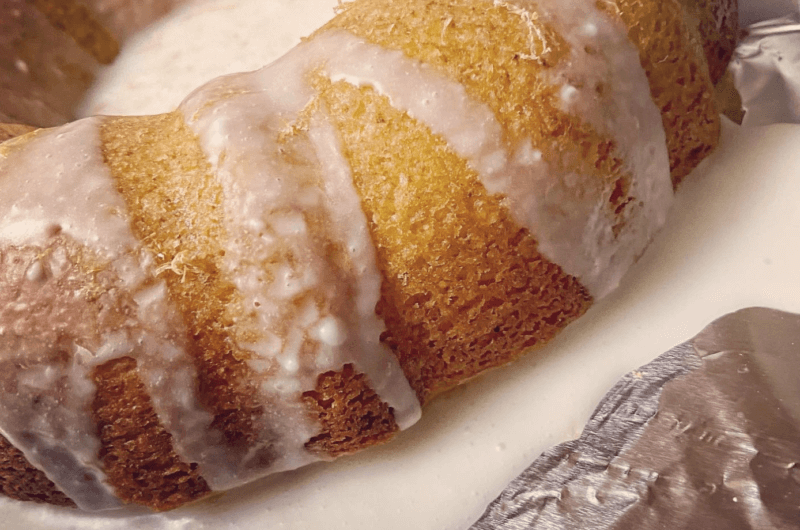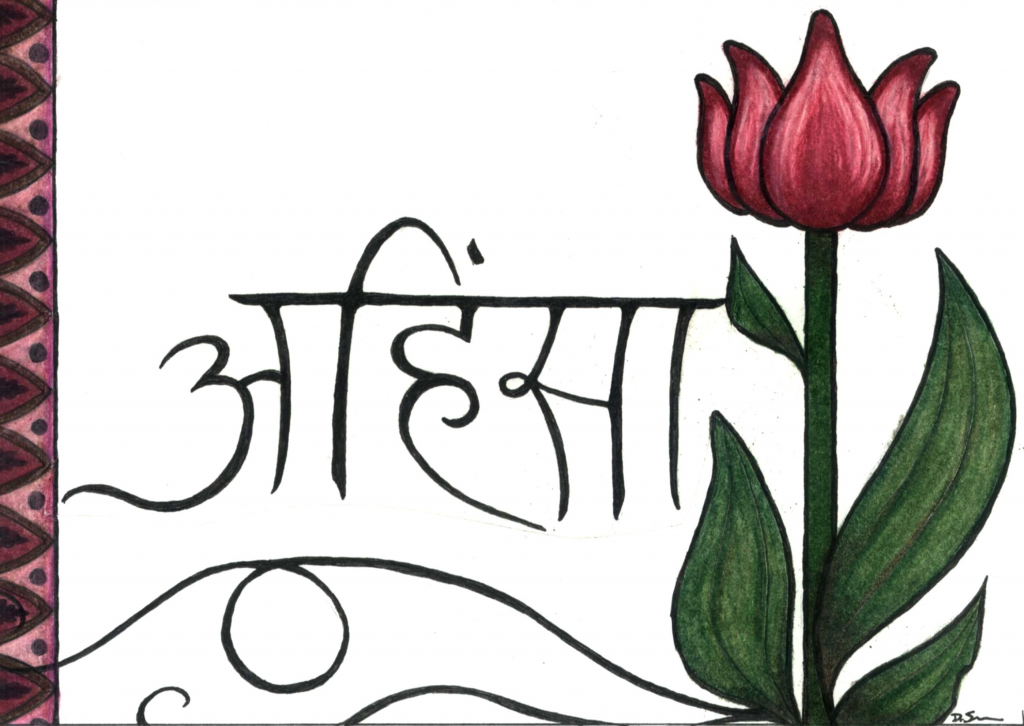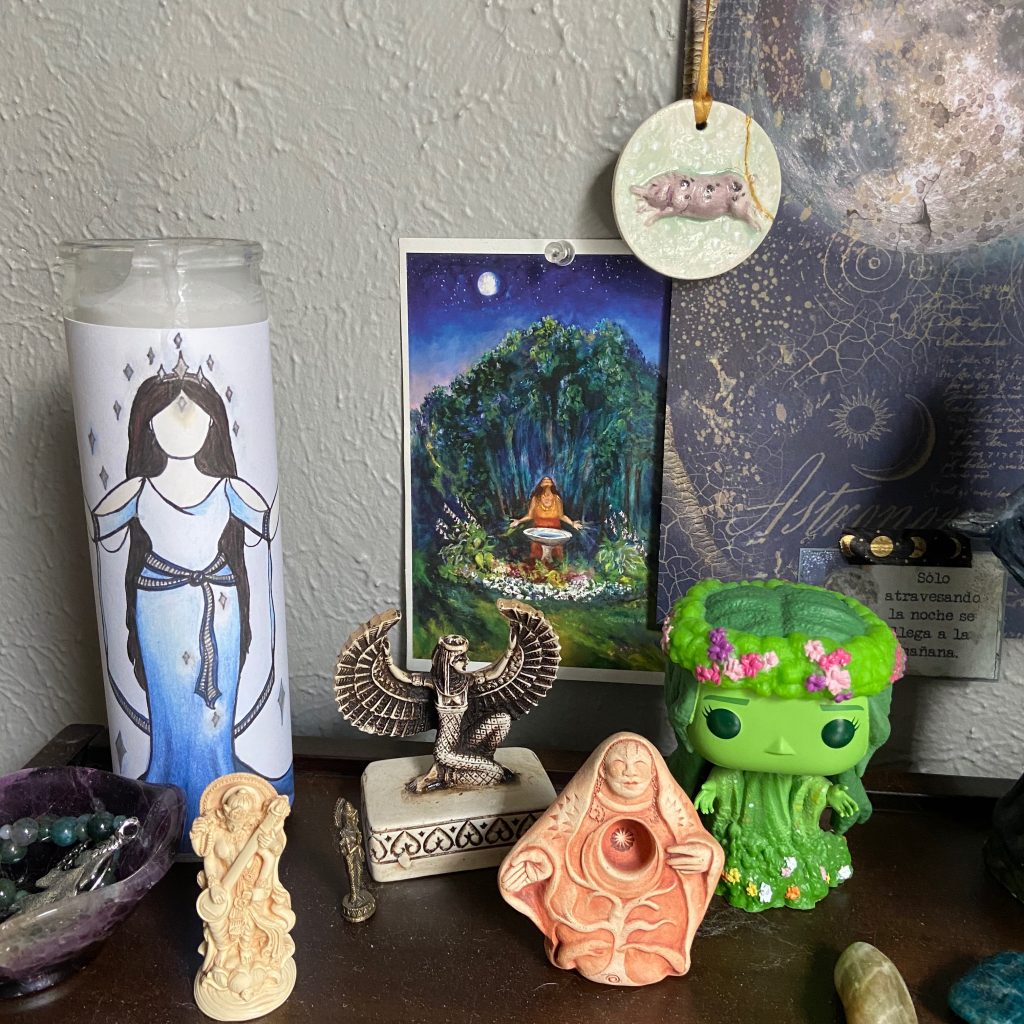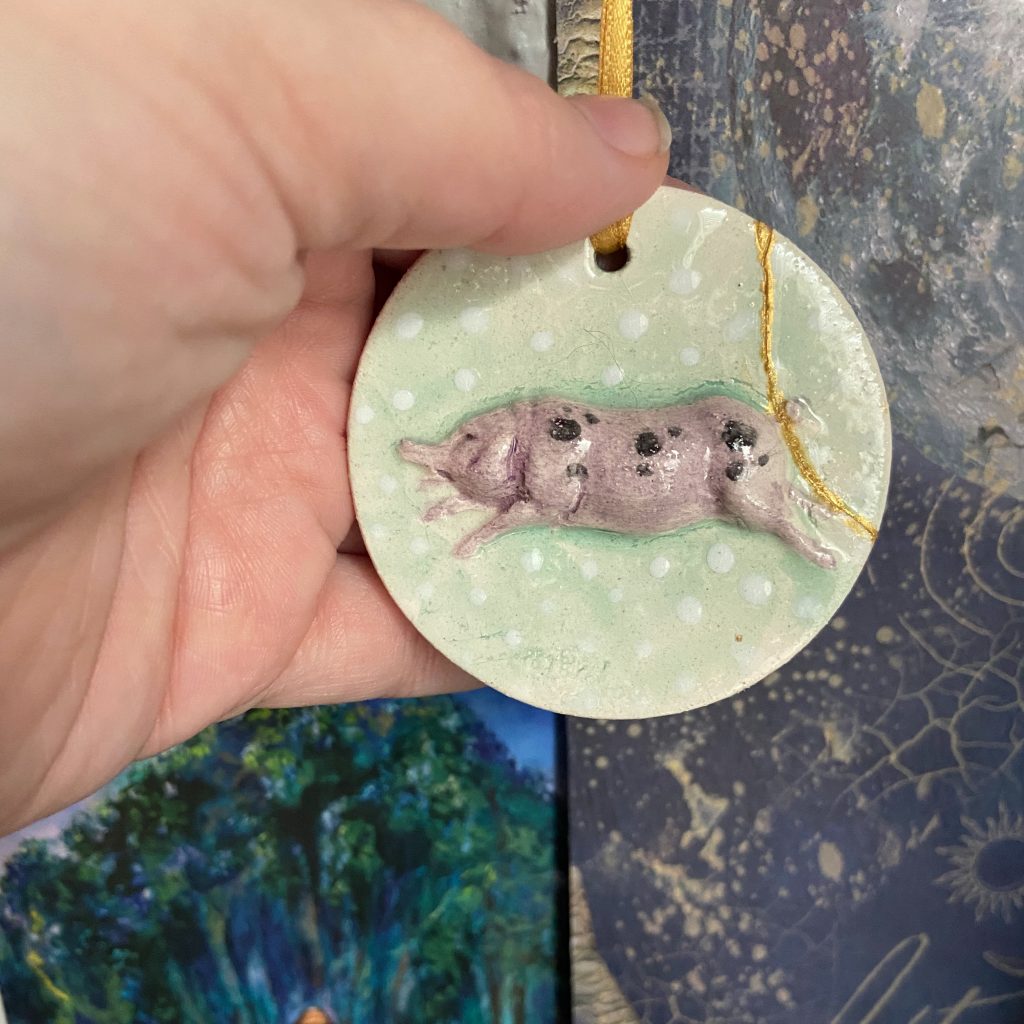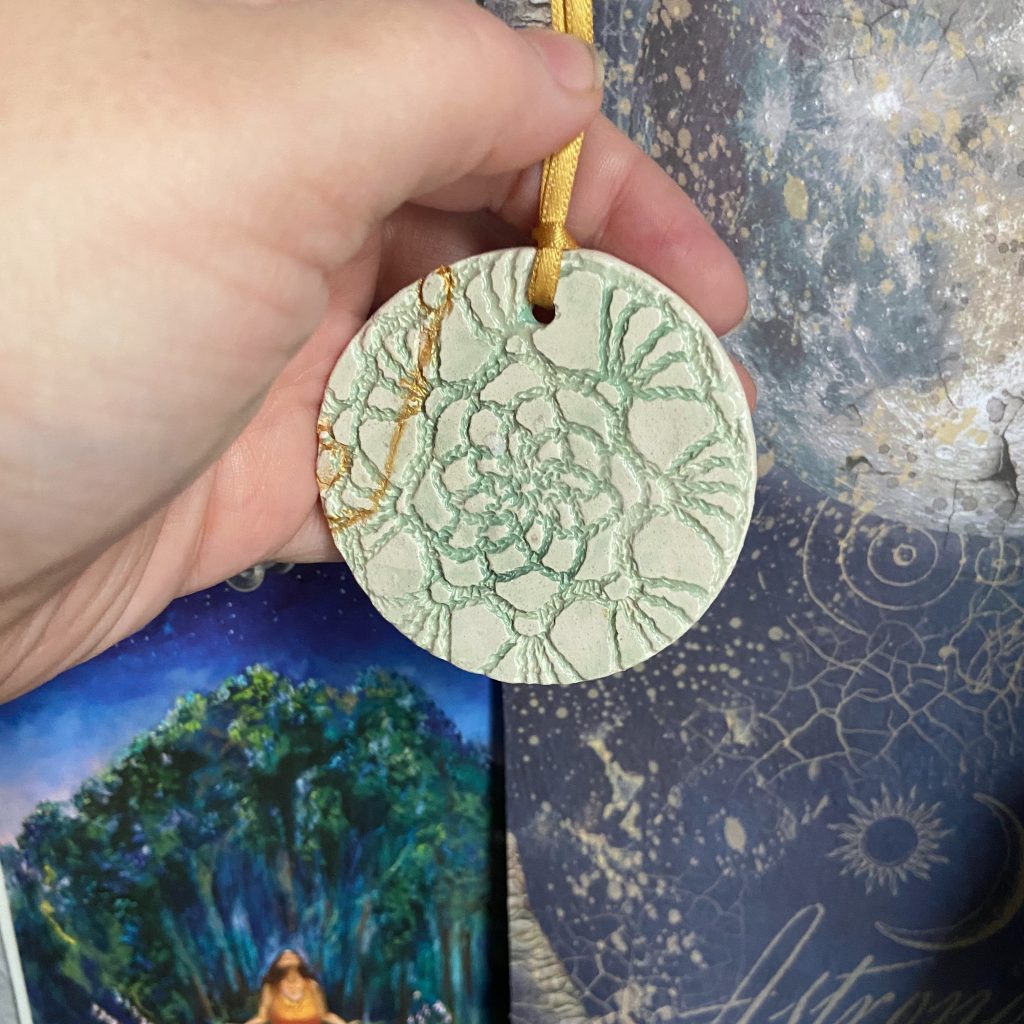This is really more of a formula than a recipe, but I did tailor it to a specific flavor just as an example. For the general recipe and how it was created, go here to the source.
Recently, the inimitable Big Box Vegan did extensive testing to find an answer to this question: How can you make a better vegan cake from a mix?
Most boxed cake mixes accidentally vegan (check the label, though, you never know when milk powder is hiding around the corner), but though they’re essentially foolproof with eggs, achieving true vegan success with a mix is a bit harder.
Luckily BBV did the hard work for us! He developed a method for cake mixes and another for brownie mixes – I haven’t tried the latter yet but I’m going to! I’ve used the cake method three times now and it’s come out amazing every time, which is no surprise; I’ve used several recipes from the blog and they’ve all been great. (Also, BBV does another great service – the original Instagram posts images and labels of vegan products found at chain stores like Target, Wal Mart, Kroger, Randalls etc.)
This variation is one I’ve made twice and, let me tell you, it’s damned amazing. I use a Bundt pan so it comes out all pretty but you could use a regular cake pan if you like or make cupcakes.
I have plenty of cake recipes, but the wonderful thing about this is that there’s far less measuring, and you need barely 10 minutes to get a badass cake in the oven. When you are super busy, or have executive functioning issues but want cake, it’s a godsend.
Amazeballs Vegan Lemon Cake
10
minutes30
minutesA truly easy and delicious lemon cake mix from a boxed mix, with only seven ingredients!
Ingredients
1 lemon cake mix (I used Duncan Hines Lemon Supreme)
1 5oz container of vegan yogurt (lemon would work well but I used vanilla; also thicker is better)
2/3 cup oil
3/4 cup plant milk (I use oat)
1 tsp apple cider vinegar (in a pinch you can use white vinegar)
1 tsp vanilla extract
zest of one lemon, minced finely (use the juice for the icing)
- Lemon Icing
1 cup powdered sugar
3-4 tablespoons lemon juice
Directions
- Preheat the oven to 350 and hose down a Bundt pan with cooking spray (or butter/flour it if you prefer)
- In a measuring cup stir together the milk and apple cider vinegar. Let this sit for a few minutes to get all curdly.
- Basically dump everything in a mixing bowl and stir it until it’s mostly not lumpy – some are fine, and you don’t want to overbeat and activate the gluten in the mix too soon.
- Pour into the pan and bake 30-35 minutes. Let cool for at least 15 before flipping out (or if you’re using a glass pan or something pretty just leave it be until it’s completely cool before icing.
Notes
- Specific brands I used, if you’re interested:
Duncan Hines Signature Perfectly Moist Lemon Supreme Cake Mix
Oatly regular oat milk
Silk vanilla soy yogurt
HEB store brands for the oil, vinegar, powdered sugar
La Vencedora Mexican Vanilla pura
